When it comes to inviting feathered friends into our living spaces, many bird enthusiasts face a common dilemma: how to create a stimulating environment for their avian companions while maintaining an aesthetically pleasing home. The good news is that with thoughtful planning and creative solutions, you can design a bird-friendly space that enhances rather than detracts from your interior design. This article explores various strategies to harmoniously integrate bird habitats into your home decor, ensuring both you and your feathered friends can thrive in a shared environment that’s beautiful, functional, and enriching.
Understanding Your Bird’s Natural Habitat

Before diving into decor solutions, it’s essential to understand your bird’s natural environment to recreate elements that will keep them healthy and happy. Different species have evolved in specific ecosystems that influence their behavior, preferences, and needs. For instance, parrots native to rainforests appreciate vertical spaces with various perching options, while finches might prefer more open flying areas. Researching your bird’s wild habitat provides valuable insights into the types of stimulation they require. This knowledge allows you to incorporate natural elements that satisfy their instinctual needs while complementing your interior design. Remember that the goal is to mimic beneficial aspects of their natural environment without necessarily recreating the exact appearance of a jungle or savanna in your living room.
Selecting Bird-Safe, Design-Friendly Materials

The materials you choose for your bird’s environment need to balance safety with aesthetic appeal. Natural woods like manzanita, dragonwood, and untreated fruit tree branches make excellent perches that blend beautifully with various design styles from rustic to modern. Avoid toxic woods such as cedar, pine, or pressure-treated lumber which can harm your bird’s respiratory system. Sisal rope, seagrass, and jute offer natural textures for climbing and foraging activities while complementing bohemian or coastal decor themes. Stainless steel fixtures provide durability and easy cleaning while offering a sleek, contemporary look. When selecting materials, always verify they’re free from harmful chemicals, lead, zinc, or other toxic substances that could endanger your bird’s health even as they enhance your home’s appearance.
Creating Visual Harmony Between Cages and Decor

The bird cage often represents the most significant design challenge, but with thoughtful selection, it can become a statement piece rather than an eyesore. Consider cages with architectural interest that complement your existing decor style – Victorian-inspired designs work beautifully in traditional spaces, while sleek, minimalist cages blend well with contemporary interiors. Color coordination is crucial; choosing a cage that picks up accent colors from your existing palette creates cohesion. Position the cage thoughtfully within your space, treating it as you would any large piece of furniture by considering balance, flow, and function. Some homeowners even commission custom cages that double as furniture pieces, such as side tables with integrated habitats or built-in wall units. Remember that the cage doesn’t need to apologize for its existence – when selected carefully, it can enhance your decor while providing a safe home for your bird.
Incorporating Plants for Mutual Benefit
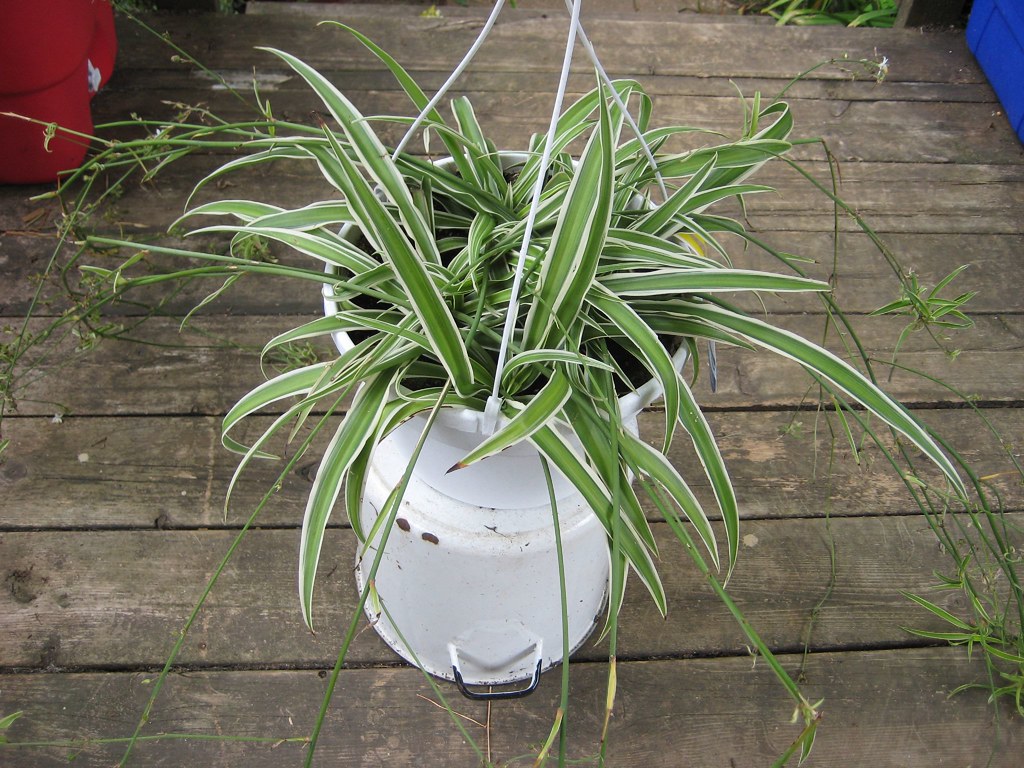
Indoor plants offer multiple benefits in a bird-friendly space, providing natural enrichment for your feathered friend while enhancing your home’s aesthetic appeal. Bird-safe varieties like areca palms, spider plants, and Boston ferns purify the air while creating a lush environment that recalls your bird’s natural habitat. Position plants strategically to create a sense of privacy for your bird while using their organic forms to soften architectural lines in your decor. Hanging planters can create vertical interest that satisfies birds’ natural tendency to seek higher perches. Always research thoroughly to ensure any plants within your bird’s reach are non-toxic, as many common houseplants can be harmful if ingested. This botanical approach creates a biophilic design element that benefits both human and avian inhabitants while transforming your space into a more vibrant, living environment.
Designing Multi-Functional Play Areas

Play areas are essential for your bird’s physical and mental stimulation but don’t have to look like chaotic playgrounds. Consider creating play stations that double as decorative elements, such as a tasteful branch arrangement mounted on the wall that serves as both art installation and climbing structure. Floating shelves can provide perching spots while displaying small decorative items safely out of your bird’s reach. Woven baskets filled with bird-safe toys can be tucked into bookshelves, allowing easy rotation of enrichment items while maintaining an organized appearance. For floor time, consider a decorative room divider that creates a safe play zone while adding visual interest to your space. These multi-purpose solutions ensure your bird receives necessary stimulation while preserving your home’s aesthetic integrity and making efficient use of available space.
Managing Mess with Stylish Solutions

Birds are naturally messy creatures, but several design-forward solutions can minimize the impact on your home. Invest in decorative trays or mats that coordinate with your decor to place beneath play areas and cages, making cleanup simpler while protecting floors and surfaces. Consider installing easy-to-clean surfaces near bird areas, such as washable paint or removable wallpaper that can withstand occasional cleaning. Attractive storage solutions like decorative baskets or vintage containers can keep bird supplies organized and accessible while contributing to your overall design scheme. For seed scatter, explore innovative feeders designed to reduce mess or create custom feeding stations with built-in collection systems disguised within furniture pieces. These thoughtful approaches acknowledge your bird’s natural behaviors while preserving the cleanliness and appearance of your carefully designed space.
Lighting That Benefits Birds and Ambiance

Proper lighting is crucial for bird health and can simultaneously enhance your home’s atmosphere when thoughtfully implemented. Birds require full-spectrum lighting that mimics natural sunlight for proper vitamin D synthesis and regulation of their natural rhythms. Fortunately, modern full-spectrum lighting options include stylish fixtures that complement various decor styles while providing health benefits for your feathered friend. Consider layered lighting that includes ambient illumination for the room, task lighting for human activities, and specialized bird lighting incorporated into decorative floor or table lamps. Window treatments that allow controlled natural light create beneficial sunbathing opportunities for your bird while adding texture and color to your space. Some bird owners have successfully incorporated salt lamps or other specialty lighting that creates a warm glow in the evening hours, offering ambient light that’s gentle enough not to disturb birds’ sleep cycles while enhancing the room’s cozy atmosphere.
Soundproofing and Acoustic Considerations

Birds communicate vocally, which can sometimes conflict with human preferences for a peaceful environment. Implementing decorative sound-absorbing elements can reduce noise while enhancing your design scheme. Consider textile wall hangings, plush area rugs, or upholstered furniture with sound-dampening properties that add texture and visual interest to your space. Decorative acoustic panels are now available in various designs that resemble art pieces while effectively reducing sound reverberation. Strategic furniture placement can create sound barriers that contain vocalizations to specific areas of your home. Window treatments with sound-dampening properties not only control light for your bird’s benefit but also help manage noise levels for human comfort. These acoustic solutions allow your bird to express natural behaviors while creating a more harmonious sound environment for all inhabitants of the space.
Color Psychology for Birds and Humans

Color choices impact both your bird’s well-being and your aesthetic enjoyment of the space, making thoughtful color selection doubly important. Birds see colors differently than humans do, with many species able to perceive ultraviolet light invisible to us. Research suggests that birds respond positively to colors found in their natural habitats, such as greens, blues, and earthy tones. Fortunately, these nature-inspired palettes align well with many popular decorating styles, from Scandinavian minimalism to organic modern design. Consider incorporating your bird’s natural coloration into your color scheme – the beautiful blues of a budgie or the vibrant reds of a macaw can inspire accent colors that create visual harmony. This approach celebrates your bird as part of your design concept rather than treating their habitat as a separate entity, creating a more cohesive overall look that honors the beauty of the natural world.
Social Space Planning for Flock and Family

Birds are highly social creatures who benefit from being included in family activities, necessitating thoughtful space planning that accommodates both human and avian social needs. Consider creating zones where interaction is encouraged – perhaps a comfortable seating area near your bird’s habitat where family members can easily engage with your feathered friend. Position play areas within sight of common gathering spaces so your bird can observe and participate in household activities. For homes with multiple birds, design spaces that allow for supervised interaction between birds while maintaining visual interest in your decor. Room dividers, decorative screens, or strategically placed furniture can create boundaries for safe socialization while adding architectural interest to your space. This intentional approach to social space planning ensures your bird remains an integrated member of the household while preserving functional areas for human activities.
Seasonal Adaptations and Refreshes

Just as you might update your decor seasonally, consider rotating elements of your bird’s environment to provide fresh stimulation while keeping your space visually interesting. Create a collection of bird-safe branches, perches, and toys in complementary materials and colors that can be exchanged periodically to prevent boredom. Seasonal themes can inspire both your decor and your bird’s enrichment items – natural materials in spring, cooling elements in summer, harvest themes in autumn, and cozy textures in winter. These rotations benefit your bird’s cognitive development while giving you opportunities to refresh your space without major redesigns. Some bird owners create seasonal “capsule collections” of coordinated bird accessories that can be stored when not in use, ensuring that new items are always available to maintain your bird’s interest while preserving your home’s carefully curated appearance.
Custom Solutions and Built-In Features

For the ultimate integration of bird space and home decor, consider custom-built solutions that seamlessly incorporate avian needs into your architecture. Built-in aviaries with proper ventilation can create stunning focal points in living spaces while providing spacious environments for your birds. Custom cabinetry with dedicated storage for bird supplies keeps necessities organized and hidden from view. Window seats with integrated perches allow birds to safely enjoy natural light and observation opportunities while enhancing your home’s architectural features. For those with available wall space, custom climbing walls with interchangeable perches and play elements can be designed to complement your interior style while providing excellent exercise opportunities. These permanent solutions represent a significant investment but offer the most sophisticated integration of bird habitat and home design, creating truly harmonious spaces for cross-species living.
Digital Integration for Modern Bird Care

Technology offers exciting possibilities for monitoring and enhancing your bird’s environment while maintaining design integrity. Discreet cameras disguised within decorative elements allow you to observe your bird remotely through smartphone apps, ensuring their safety without obvious technological intrusions. Smart home systems can be programmed to maintain optimal temperature and humidity levels for your bird’s health while supporting your home’s overall comfort. Automated misting systems for tropical species can be incorporated into decorative features that enhance rather than detract from your space. Timed lighting systems ensure proper day/night cycles for your bird while coordinating with your home’s overall lighting scheme. These technological solutions support excellent bird care while maintaining the sophisticated appearance of your carefully designed living spaces, representing the perfect marriage of function and form in modern bird-keeping.
Creating a space that nurtures your bird while maintaining your design aesthetic isn’t about compromise – it’s about creative integration that benefits all inhabitants of your home. By approaching this challenge with thoughtfulness and imagination, you can develop solutions that elevate both your bird’s quality of life and your home’s visual appeal. The most successful bird-friendly homes don’t try to hide or apologize for their avian residents but instead celebrate these remarkable creatures as living elements within a holistic design approach. With careful planning and the strategies outlined above, your home can become a sanctuary that supports the physical and psychological needs of your feathered companion while remaining a beautiful, comfortable space for human enjoyment.

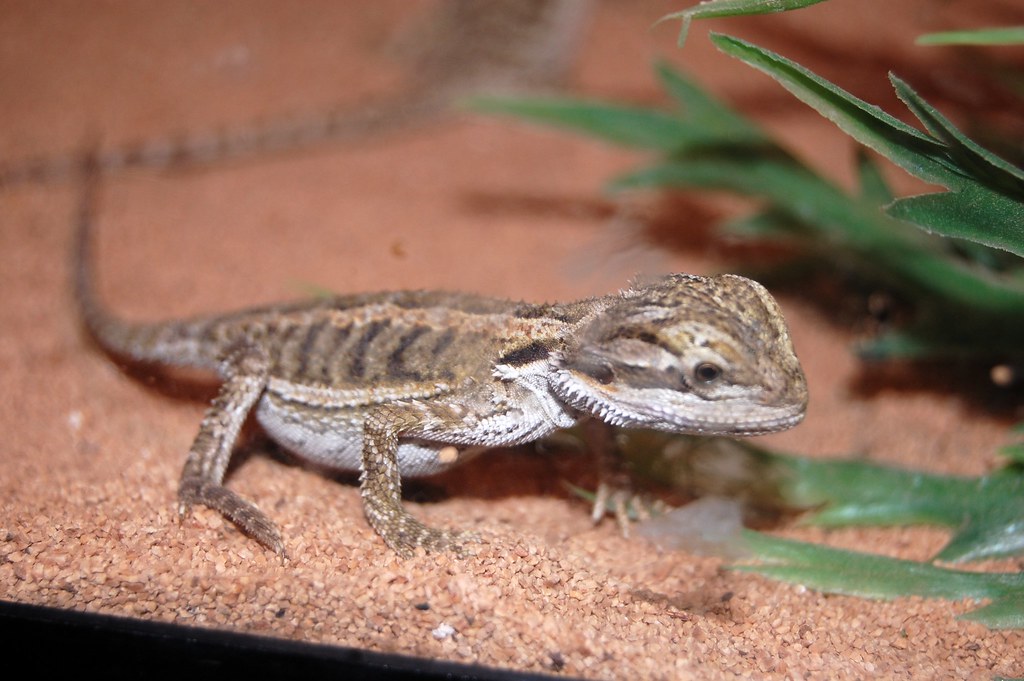
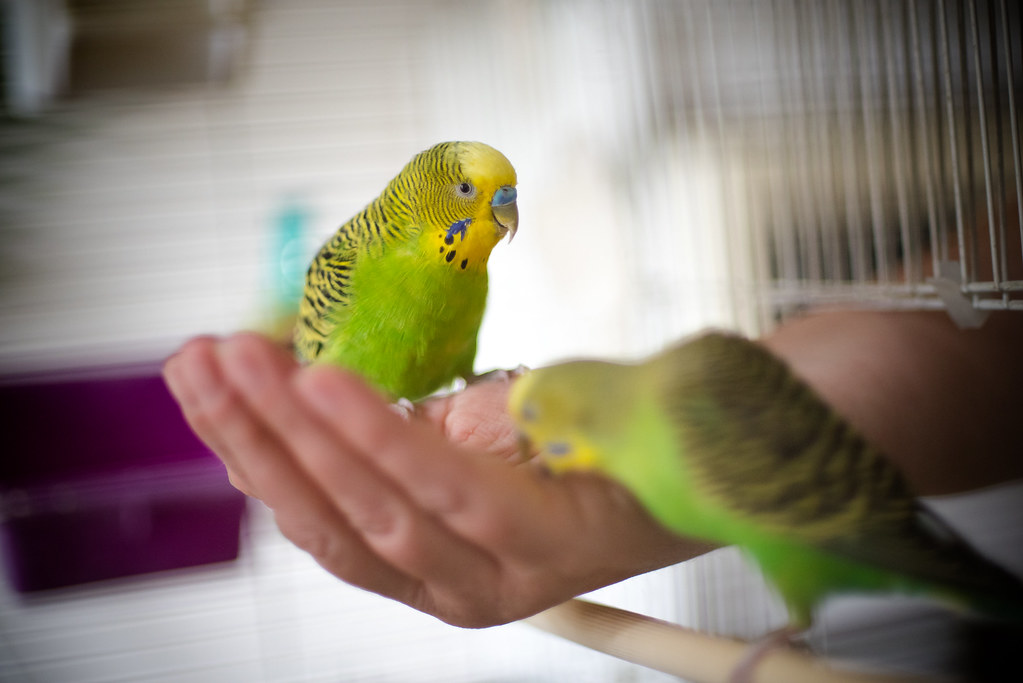
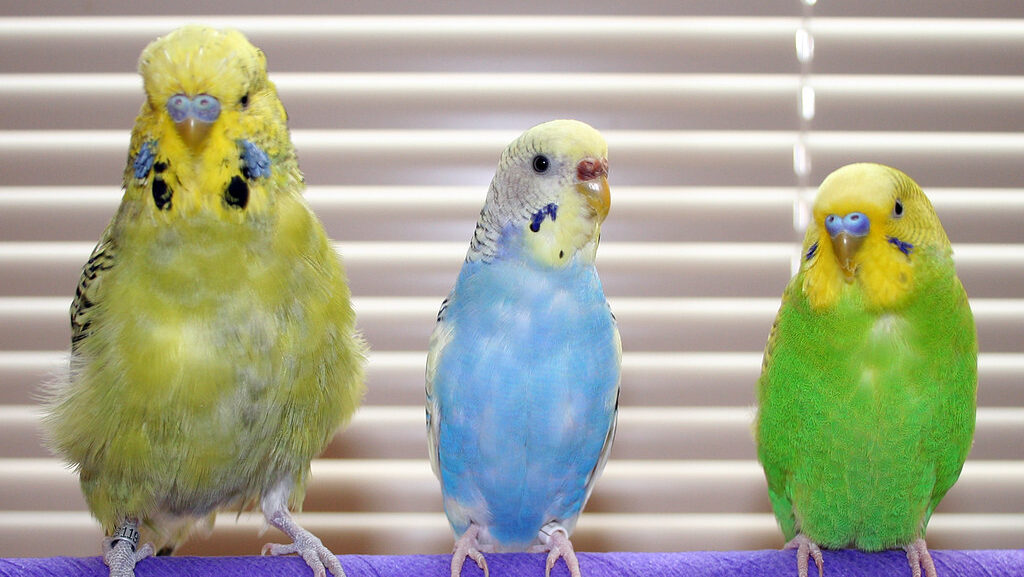
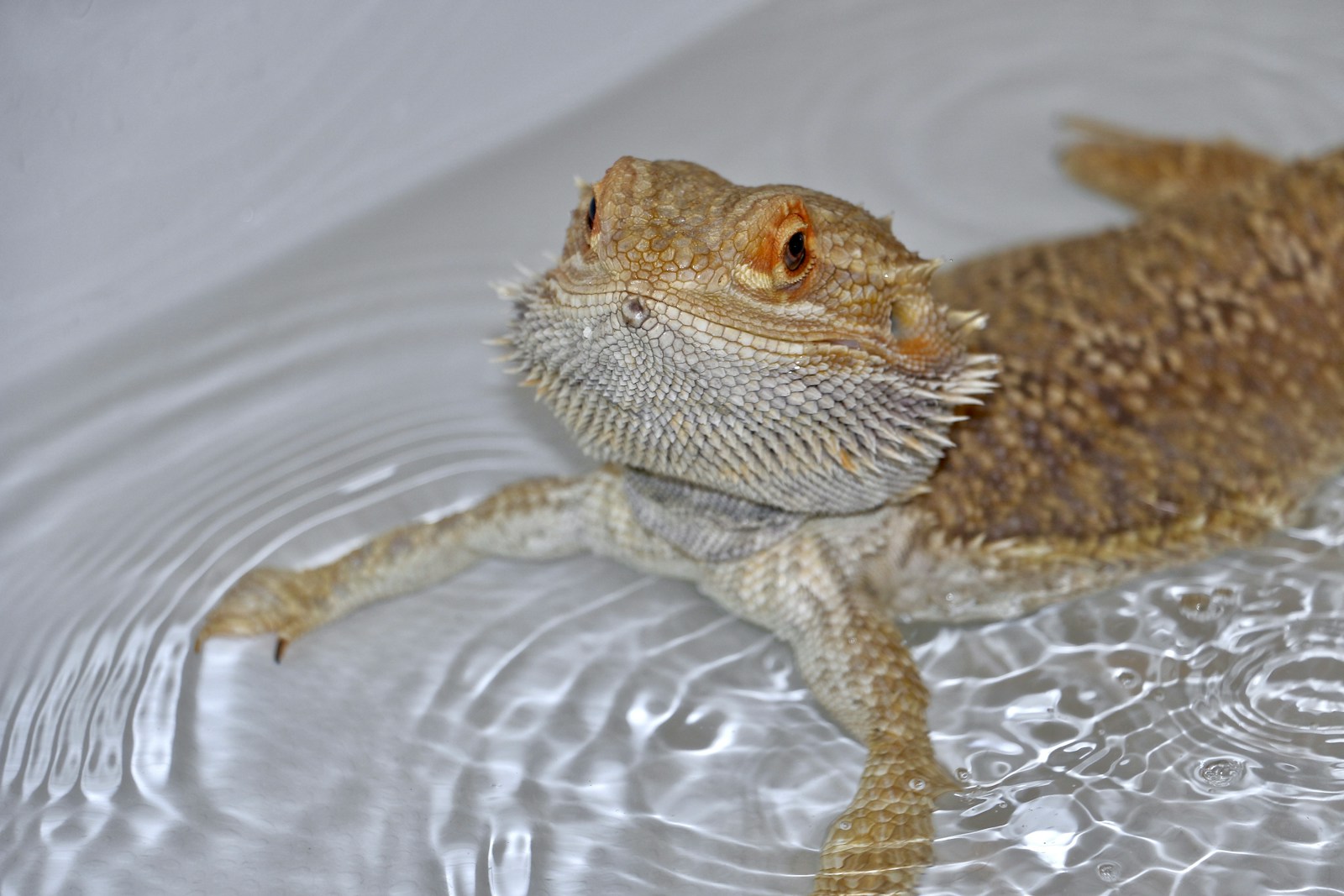
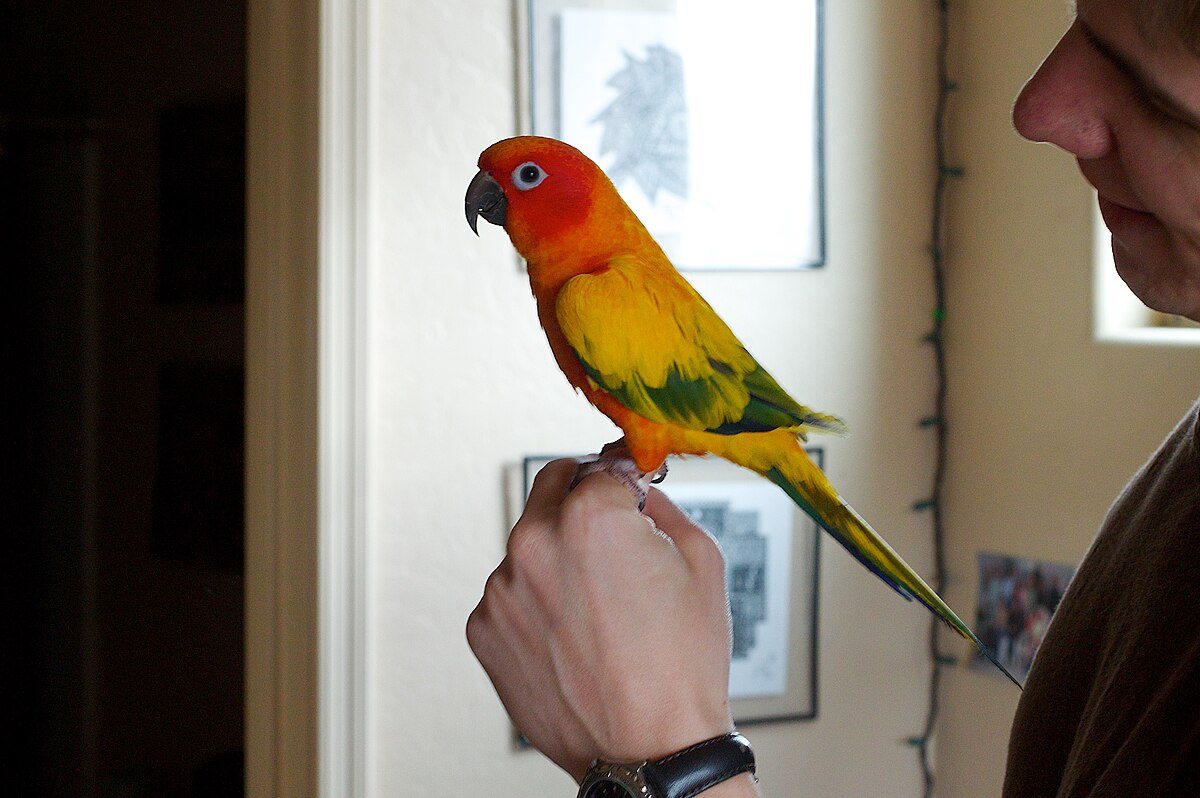
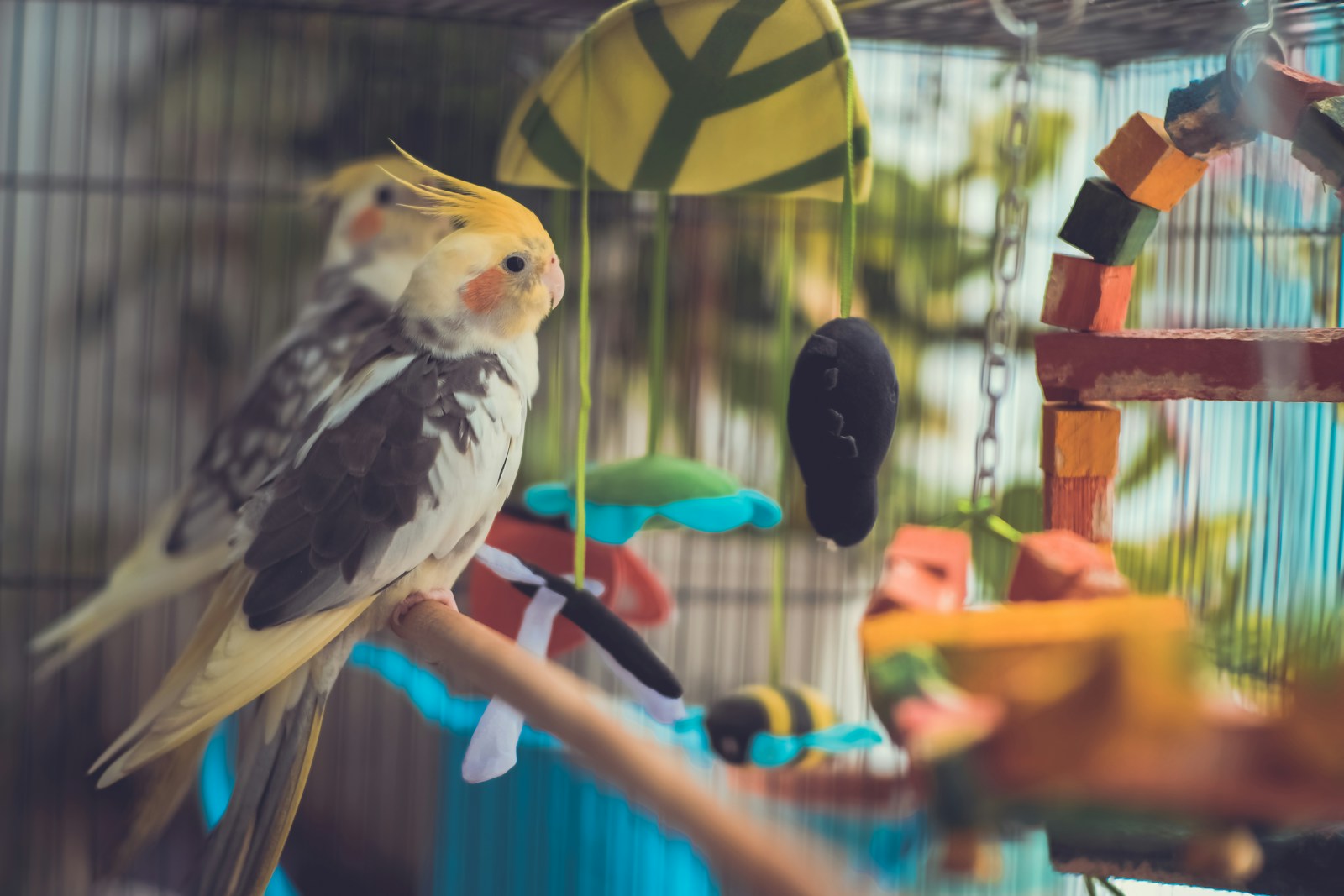
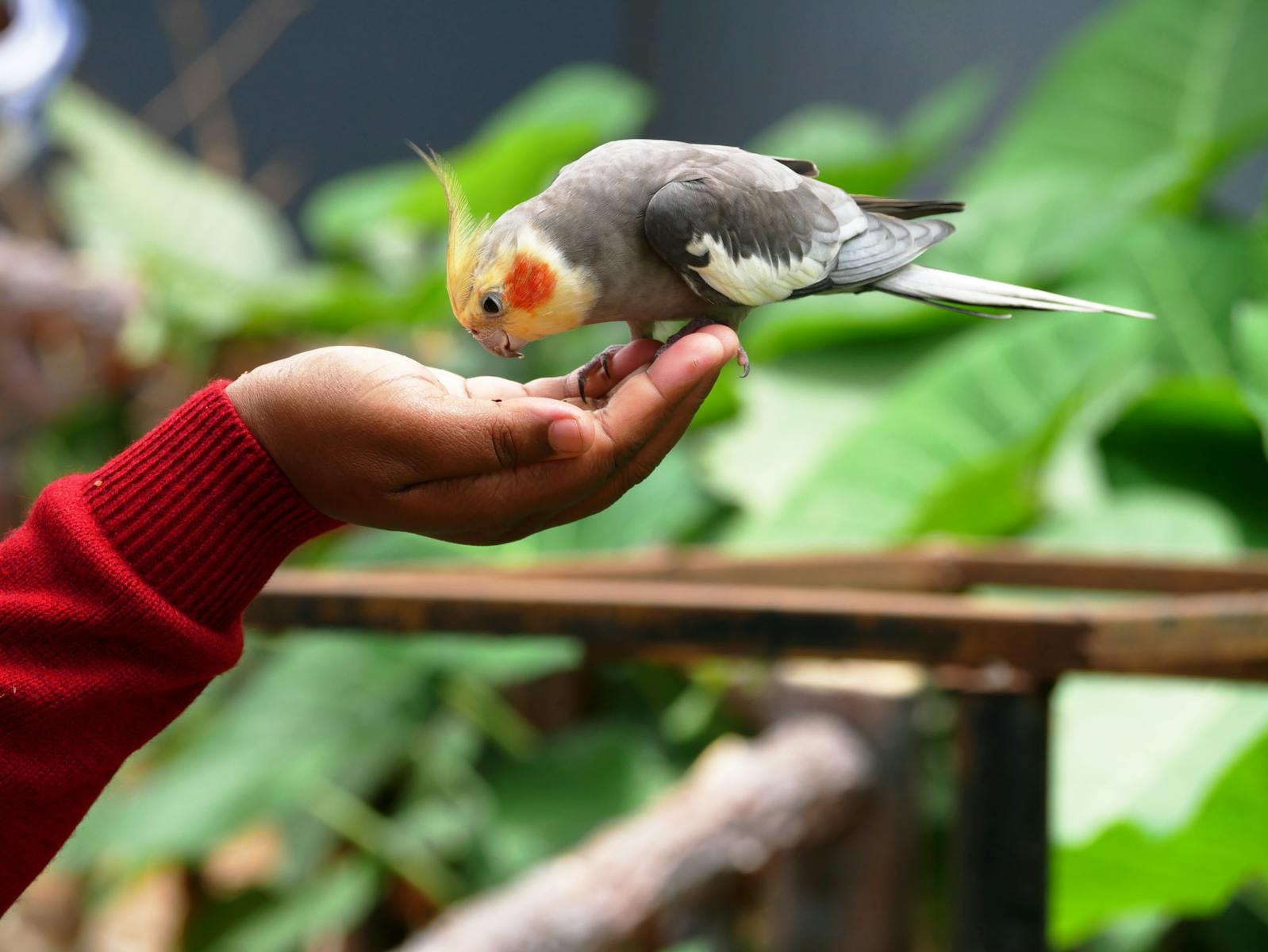
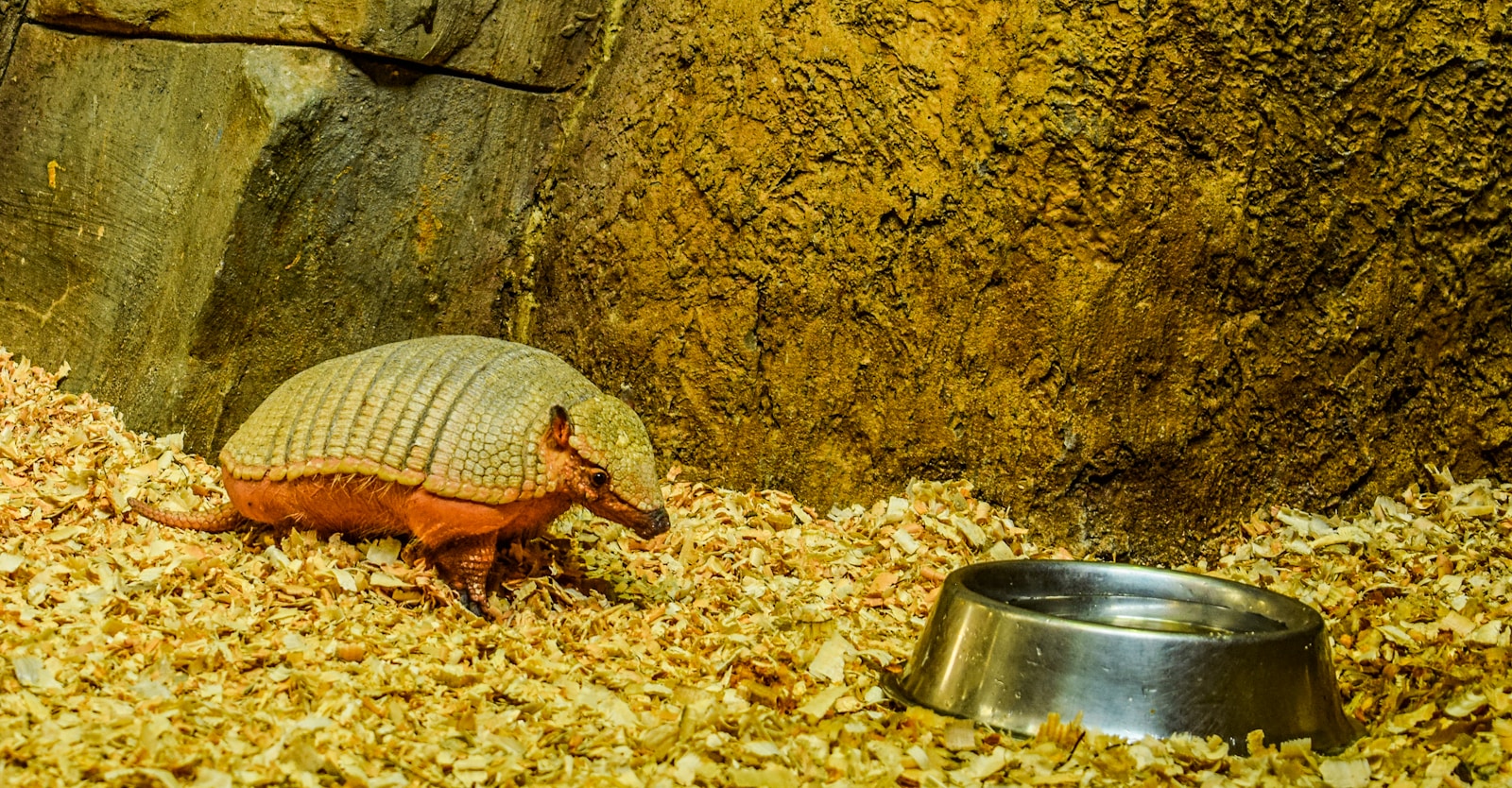
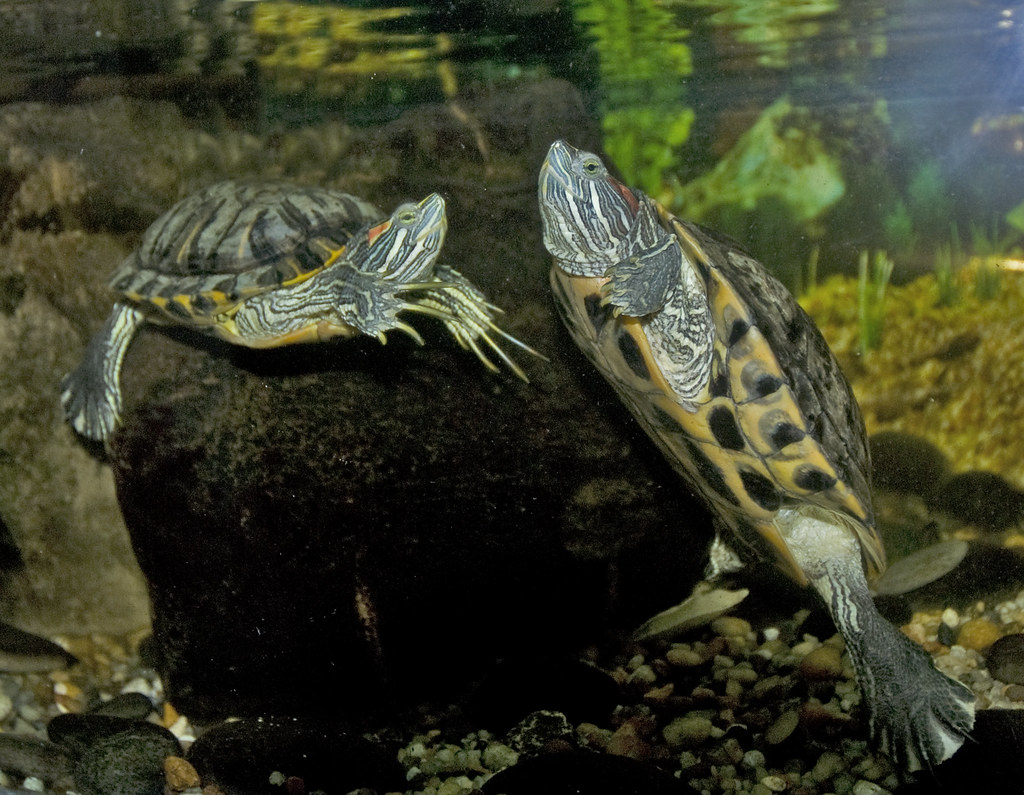
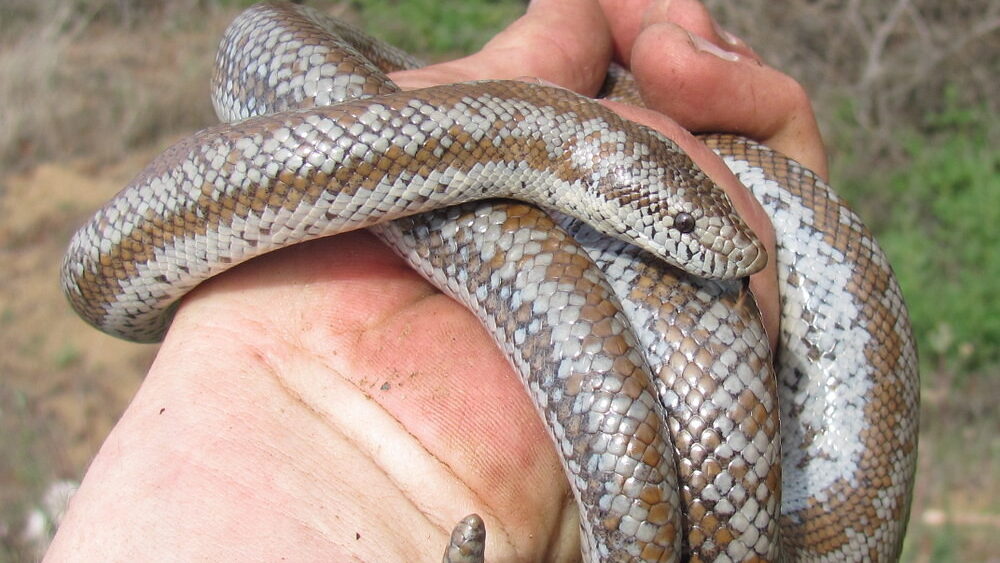




Leave a Reply